The Hunchback of Notre Dame (1996)
The Hunchback of Notre Dame (1996)



Plot.
Where to Watch.
 Subs
Subs Rent
Rent Buy
Buy Rent
Rent Rent
Rent Rent
Rent Rent
RentCurrently The Hunchback of Notre Dame is available for streaming online, rent, buy or watch for free on: Disney Plus, Google Play Movies, Apple TV, Amazon Video, Microsoft Store, YouTube, Fandango At Home
Streaming in:🇺🇸 United States

Cast & Crew.

Tom Hulce
Quasimodo (voice)

Demi Moore
Esmeralda (voice)

Tony Jay
Frollo (voice)

Kevin Kline
Phoebus (voice)

Charles Kimbrough
Gargoyle Victor (voice)

Mary Wickes
Gargoyle Laverne (voice)

Jane Withers
Additional Laverne Dialogue (voice)

Jason Alexander
Gargoyle Hugo (voice)

Paul Kandel
Clopin (voice)

Mary Kay Bergman
Quasimodo's Mother (voice)

David Ogden Stiers
Archdeacon (voice)

Gary Trousdale
The Old Heretic (voice) / Director

Corey Burton
Brutish Guard / Additional Voices (voice)

Bill Fagerbakke
Oafish Guard (voice)

Jim Cummings
Guards & Gypsies (voice)

Patrick Pinney
Guards & Gypsies / Additional Voices (voice)

Frank Welker
Baby Bird (voice)

Jack Angel
Additional Voices (voice)

Bob Bergen
Additional Voices (voice)

Susan Blu
Additional Voices (voice)

Maureen Brennan
Additional Voices (voice)

Rodger Bumpass
Additional Voices (voice)

Victoria Clark
Additional Voices (voice)

Philip L. Clarke
Additional Voices (voice)

Jennifer Darling
Additional Voices (voice)

Debi Derryberry
Additional Voices (voice)

Jonathan Dokuchitz
Additional Voices (voice)

Bill Farmer
Additional Voices (voice)

Dana Hill
Additional Voices (voice)

Judy Kaye
Additional Voices (voice)

Michael Lindsay
Additional Voices (voice)

Sherry Lynn
Additional Voices (voice)

Howard McGillin
Additional Voices (voice)

Marcelo Tubert
Additional Voices (voice)

Mickie McGowan
Additional Voices (voice)

Mona Marshall
Additional Voices (voice)

Phil Proctor
Additional Voices (voice)

Kath Soucie
Additional Voices (voice)

Jan Rabson
Additional Voices (voice)

Gordon Stanley
Additional Voices (voice)

Mary Stout
Additional Voices (voice)

Heidi Mollenhauer
Esmeralda (singing voice)

Joan Barber
Additional Voices (voice)

Scott Barnes
Additional Voices (voice)

Laurie Faso
Additional Voices (voice)

Merwin Foard
Additional Voices (voice)

Eddie Korbich
Additional Voices (voice)

Alix Korey
Additional Voices (voice)

Anna McNeely
Additional Voices (voice)

Bruce Moore
Additional Voices (voice)

Denise Pickering
Additional Voices (voice)

Peter Samuel
Additional Voices (voice)

Kirk Wise
Director

Tab Murphy
Screenplay / Story

Jonathan Roberts
Screenplay

Victor Hugo
Novel

Noni White
Screenplay

Don Hahn
Producer

Irene Mecchi
Screenplay

Ellen Keneshea
Editor

Bob Tzudiker
Screenplay

James Baxter
Animation Supervisor

Darlie Brewster
Animation

Trevor Tamboline
Animation

Larry White
Animation

Jennifer Yuan
Layout

James P. Alles
Layout

Rick Maki
Visual Development

Peter J. Deluca
Layout

Roberto Casale
Animation

Dave Kupczyk
Animation

Phil Lofaro
Associate Producer

Chris Montan
Executive Music Producer

David Goetz
Art Direction

Larry Kemp
Supervising Sound Editor

Mark Green
Music Editor

Patsy Bouge
Post Production Supervisor

Roy Conli
Co-Producer

Ruth Lambert
Casting

Lon Bender
Supervising Sound Editor

Philippe Balmossière
Visual Effects

Dave Bossert
Additional Visual Effects

Sergio Pablos
Character Designer

Dan M. Rich
Dialogue Editor

Richard Dwan Jr.
Dialogue Editor

Zoltán Maros
Animation

Paul Brizzi
Co-Director / Story

Gaëtan Brizzi
Co-Director / Story

Stephen Schwartz
Lyricist / Songs

Alan Menken
Music / Songs

Burny Mattinson
Story

Kevin Harkey
Story

Ed Gombert
Story

Brenda Chapman
Story

Jeff Snow
Story

Jim Capobianco
Story

John Sanford
Story

Kelly Wightman
Story

Geefwee Boedoe
Story

Floyd Norman
Story

Francis Glebas
Story

Kirk Hanson
Story

Louis C. Gallegos
Animation
Media.









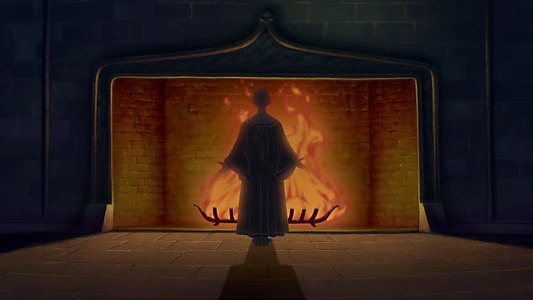













































Details.
Release DateJune 21, 1996
StatusReleased
Running Time1h 31m
Content RatingG
Budget$100,000,000
Box Office$325,300,000
Genres
Last updated:
This Movie Is About.
Wiki.
The Hunchback of Notre Dame is a 1996 American animated musical drama film produced by Walt Disney Feature Animation and released by Walt Disney Pictures. It is loosely based on the 1831 novel of the same name by Victor Hugo. The film was directed by Gary Trousdale and Kirk Wise and produced by Don Hahn, from a screenplay written by Tab Murphy, Irene Mecchi, Jonathan Roberts, and the writing team of Bob Tzudiker and Noni White. Featuring the voices of Tom Hulce, Demi Moore, Tony Jay, and Kevin Kline, the film follows Quasimodo, the deformed and confined bell-ringer of Notre Dame, and his yearning to explore the outside world and be accepted by society, against the wishes of his cruel, puritanical foster father Claude Frollo, who also wants to exterminate Paris' Romani population.
In 1993, David Stainton, then a development executive at Disney Feature Animation, conceived the idea to adapt Victor Hugo's Gothic fiction novel into an animated feature. He subsequently pitched the idea to then-Disney Studios chairman Jeffrey Katzenberg. At Katzenberg's request, Trousdale, Wise, and Hahn joined the project in 1993. Murphy wrote the first draft of the script, and Mecchi and Roberts, who had rewritten the script for The Lion King (1994), were soon brought in. Additional rewrites were provided by Tzudiker and White. That same year, the production team embarked on a research trip to Paris to study the Notre-Dame cathedral and additional locations for the film. The musical score was composed by Alan Menken, with songs written by Menken and lyricist Stephen Schwartz.
The Hunchback of Notre Dame premiered at the Louisiana Superdome in New Orleans on June 19, 1996, and was released in the United States on June 21. It is considered different from Disney's other films due to its mature themes such as infanticide, lust, antiziganism, and genocide, despite the changes made from the original source material to ensure a G rating from the MPAA. The film received generally positive reviews, praising its story, animation, themes, vocal performances and score, and was a commercial success, grossing over $325 million worldwide and becoming the fifth highest-grossing film of 1996. It was nominated for an Academy Award and a Golden Globe Award for its musical score. A stage adaptation of the film was produced by Walt Disney Theatrical in 1999. A direct-to-video sequel, The Hunchback of Notre Dame II, was released in 2002.
The Hunchback of Notre Dame Collection.
You May Also Like.

Mulan (1998)

Tarzan (1999)

The Jungle Book (1967)

Bambi (1942)

The Little Mermaid (1989)

Hercules (1997)

Sleeping Beauty (1959)

Dumbo (1941)

Peter Pan (1953)

Pocahontas (1995)

Lady and the Tramp (1955)

Pinocchio (1940)
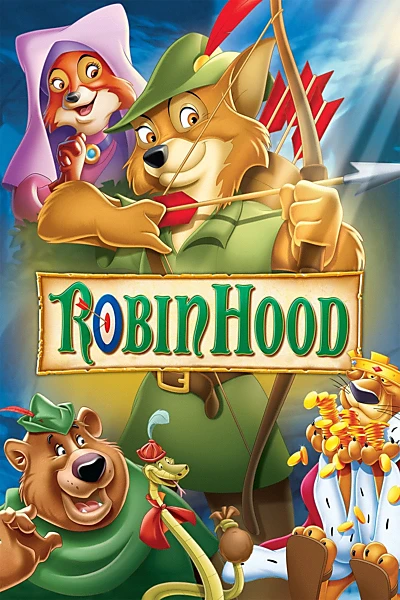
Robin Hood (1973)
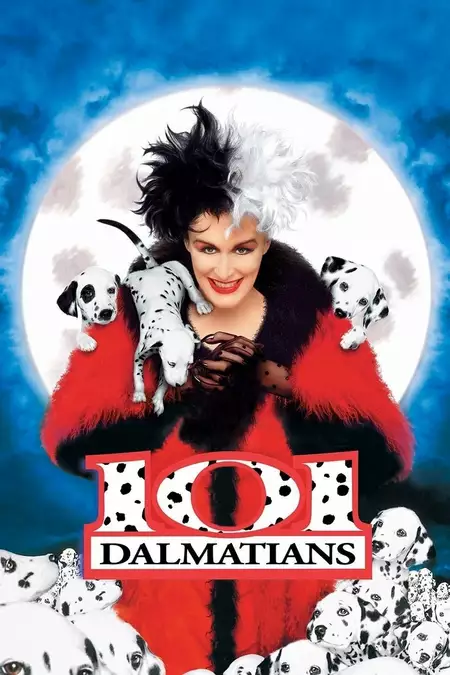
101 Dalmatians (1996)

The Rescuers (1977)

Aladdin and the King of Thieves (1996)

James and the Giant Peach (1996)
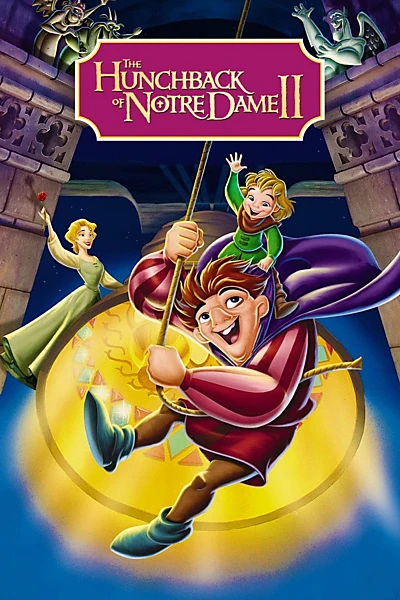
The Hunchback of Notre Dame II (2002)
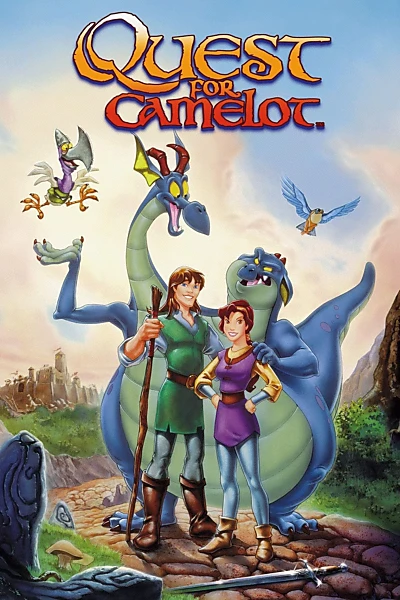
Quest for Camelot (1998)


